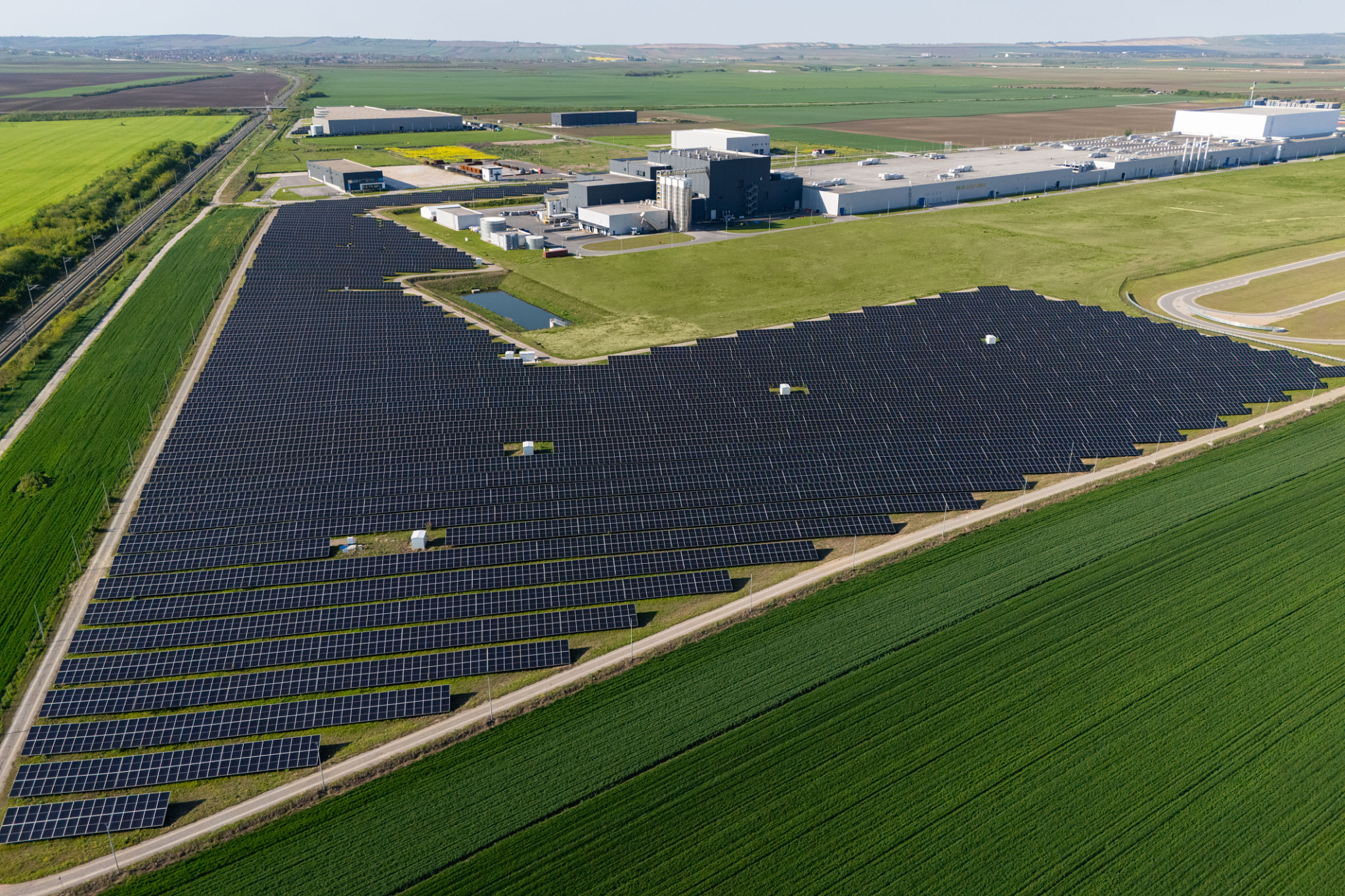How to Optimize Electric Powertrain Performance: A Guide for OEMs and Startups
Understanding Electric Powertrain Systems
As the automotive industry shifts towards sustainability, electric powertrains have become a focal point for both OEMs and startups. These systems are crucial for the performance and efficiency of electric vehicles. Understanding the components and their interactions is the first step towards optimization. Key elements include the electric motor, battery pack, power electronics, and transmission system.
Each component must be carefully calibrated to work harmoniously. The electric motor converts electrical energy into mechanical energy, while the battery pack stores and supplies energy. Power electronics manage the flow of electricity, and the transmission system transfers energy to the wheels. Optimizing these elements can significantly enhance vehicle performance.

Enhancing Energy Efficiency
One of the primary goals of optimizing electric powertrains is to increase energy efficiency. This involves reducing energy losses during conversion and transmission. Advanced materials and innovative designs can play a pivotal role in achieving this. For instance, using lightweight materials can reduce overall vehicle weight, thereby improving efficiency.
Implementing regenerative braking systems is another effective strategy. These systems recover kinetic energy during braking and convert it into electrical energy, which is then stored in the battery. This reduces energy consumption from external sources and extends the vehicle's range.

Maximizing Battery Performance
The battery is a critical component of the electric powertrain. To optimize its performance, it's essential to focus on both capacity and charging efficiency. Utilizing high-energy-density batteries can increase vehicle range without adding extra weight. Additionally, advanced battery management systems (BMS) can monitor and regulate battery condition, ensuring optimal performance.
Thermal management is also crucial for maintaining battery health. Excessive heat can degrade battery components and reduce lifespan. Implementing effective cooling systems can help maintain an ideal operating temperature, ensuring long-term reliability and performance.

Leveraging Power Electronics
Power electronics are vital for controlling the distribution and conversion of electrical energy within the vehicle. To optimize electric powertrain performance, it's important to use efficient power converters and inverters. These devices should minimize energy losses during conversion processes.
Advanced control algorithms can further enhance the efficiency of power electronics. By precisely managing voltage and current, these algorithms ensure that each component operates under optimal conditions, thus improving overall system performance.
Innovations in Electric Motors
The electric motor is at the heart of any electric powertrain system. Innovations in motor design can lead to significant improvements in performance and efficiency. Permanent magnet motors, for example, offer high power density and efficiency.
Optimizing motor control strategies can also yield substantial benefits. Advanced control techniques like field-oriented control (FOC) can enhance torque production and reduce energy consumption. By focusing on these areas, OEMs and startups can achieve superior motor performance.

Collaboration for Continuous Improvement
In the rapidly evolving field of electric vehicles, collaboration between OEMs, startups, and technology providers is essential for continuous improvement. Sharing knowledge and resources can lead to faster development cycles and more innovative solutions.
Participating in industry consortia and research initiatives can also provide valuable insights into emerging trends and technologies. By staying informed and connected, companies can ensure they remain at the forefront of electric powertrain optimization.
The Future of Electric Powertrains
The future of electric powertrains holds immense potential for innovation and growth. As new technologies emerge, such as solid-state batteries and advanced semiconductor materials, the possibilities for optimization continue to expand.
OEMs and startups that invest in research and development will be well-positioned to take advantage of these advancements. By focusing on optimizing each component of the electric powertrain, they can deliver vehicles that not only meet but exceed consumer expectations for performance and sustainability.
